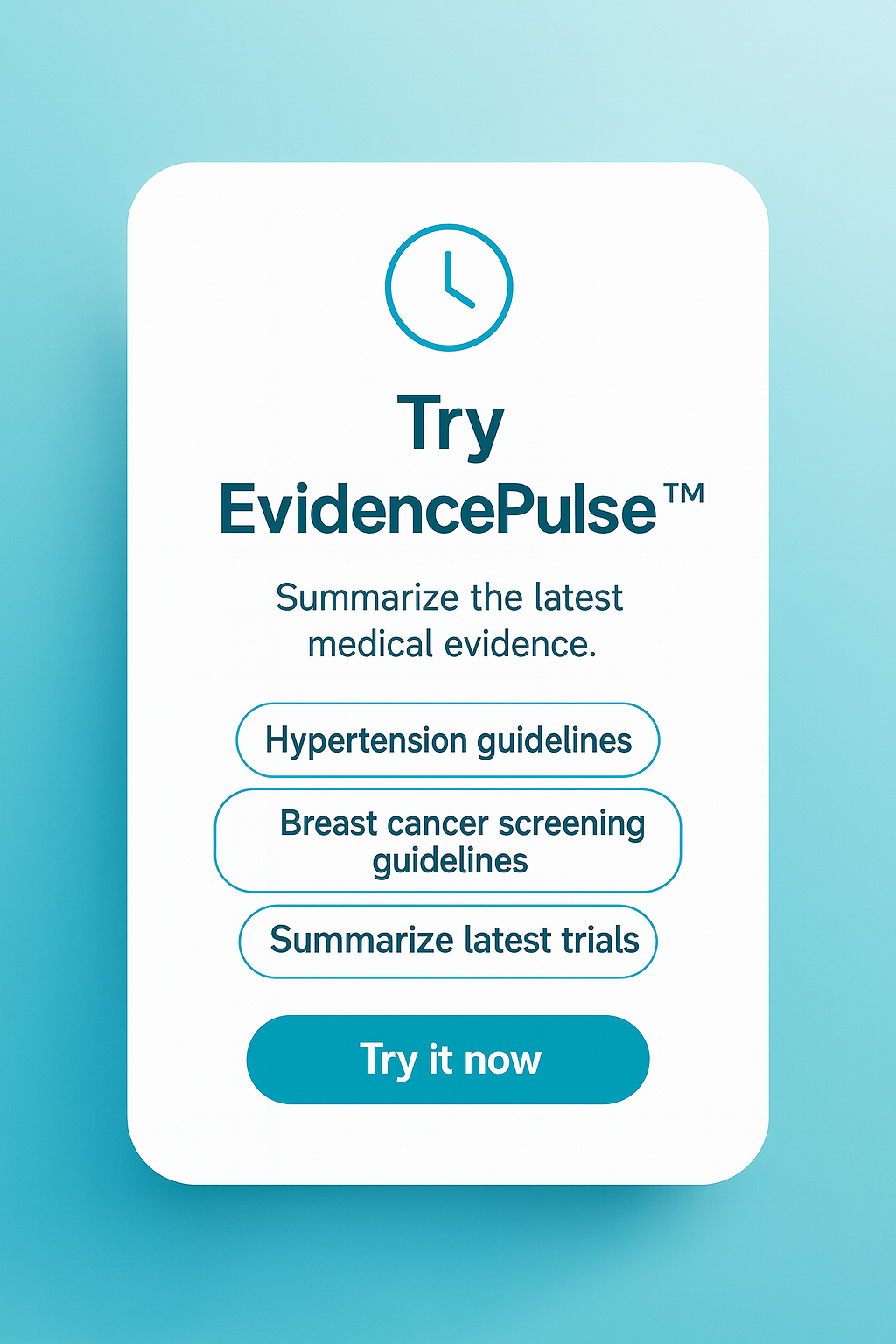Paclitaxel-coated balloons may decrease bronchial stenosis in lung transplants
1. Paclitaxel-coated balloon (PCB) treatment of refractory symptomatic airway stenosis following lung transplantation resulted in 50% of lesions remaining open and intervention-free after 180 days.
2. The mean number of required interventions for refractory stenosis was significantly reduced after PCB therapy.
Evidence Rating Level: 2 (Good)
Study Rundown: Bronchial stenosis, or the abnormal narrowing of the airway, is a common complication following lung transplantation. Standard surgical methods to reopen the airway, including balloon dilatation or disobliteration treatment, often fail to secure long-term results, leading to refractory stenosis events that require further intervention. Surgical implantation of biodegradable stents has become a standard secondary treatment, though long-term success is disappointing. Advances in both balloon dilatation and stent implantation methods continue to improve patient outcomes.
Previous studies have shown that PCB therapy, which concurrently opens the narrowed region and provides site-specific drug treatment, provided positive results in regions of vascular narrowing. This current study provides an initial investigation of the safety and efficacy of PCB applied in the bronchus region for treating refractory airway stenosis. In their 12-patient study investigators found PCB resulted in a stably maintained, open bronchial passage in half of the patient group after 180 days. The median intervention-free survival after PBC was 100 days, which was slightly better than results for biodegradable or metal stents. The number of interventions following PBC was also lower than for previous interventions. The small number and heterogeneity of patients in this study suggests the need for a larger, randomized follow-up investigation.
Click to read the study in American Journal of Transplantation
In-Depth [retrospective cohort]: This study investigated the effectiveness of PBC in 12 patients with refractory symptomatic stenosis following lung transplantation. Prior to PBC, patients received primary treatments of balloon bronchoplasty and argon photocoagulation, and secondary stent implantations. Stent treatment provided a mean intervention-free survival of 80 or 90 days depending on stent type (self-expanding metal stents or biodegradable stents). At a median period of 18 days prior to the PBC procedure the median number of interventions was 21. The PBC procedure included placement and dilatation of the balloon. The PBC was positioned with a guide wire using a flexible bronchoscope. Sequential dilatations of the balloon to 9 mm (held for 1 minute) were performed for 2-3 minutes. The mean length of the PCB procedure by time of dilatation was 18 minutes. Patient follow-up events occurred at 2, 4, and 12 weeks before being reduced to every quarter-year. Patient survival, lesion patency and intervention-free survival were recorded as clinical end points.
Ninety days after PBC 8 of 12 lesions remained open. At 180 days 50% of lesions remained open without intervention. The median post-intervention follow-up was 286 days and the median intervention-free survival was 100 days. The mean number of interventions required after PBC was significantly lower than interventions required before PBC (p < 0.005).
More from this author: Chemokines in cardiac allografts promote graft rejection in mice, Modulating lymphocyte populations decreases graft rejection in mice,Adding Evolocumab to statin therapy further decreases LDL-C levels,Genetic variant linked to poor patient survival following lung transplantation, Neuroendocrine tumor marker pancreastatin may be predictive of survival
Image: PD
©2012-2014 2minutemedicine.com. All rights reserved. No works may be reproduced without expressed written consent from 2minutemedicine.com. Disclaimer: We present factual information directly from peer reviewed medical journals. No post should be construed as medical advice and is not intended as such by the authors, editors, staff or by 2minutemedicine.com. PLEASE SEE A HEALTHCARE PROVIDER IN YOUR AREA IF YOU SEEK MEDICAL ADVICE OF ANY SORT.

![Novel biodegradable sirolimus-eluting stents non-inferior to durable everolimus-eluting stents [BIOSCIENCE trial]](https://www.2minutemedicine.com/wp-content/uploads/2014/09/Taxus_stent_FDA-e1607803635904-350x250.jpg)







